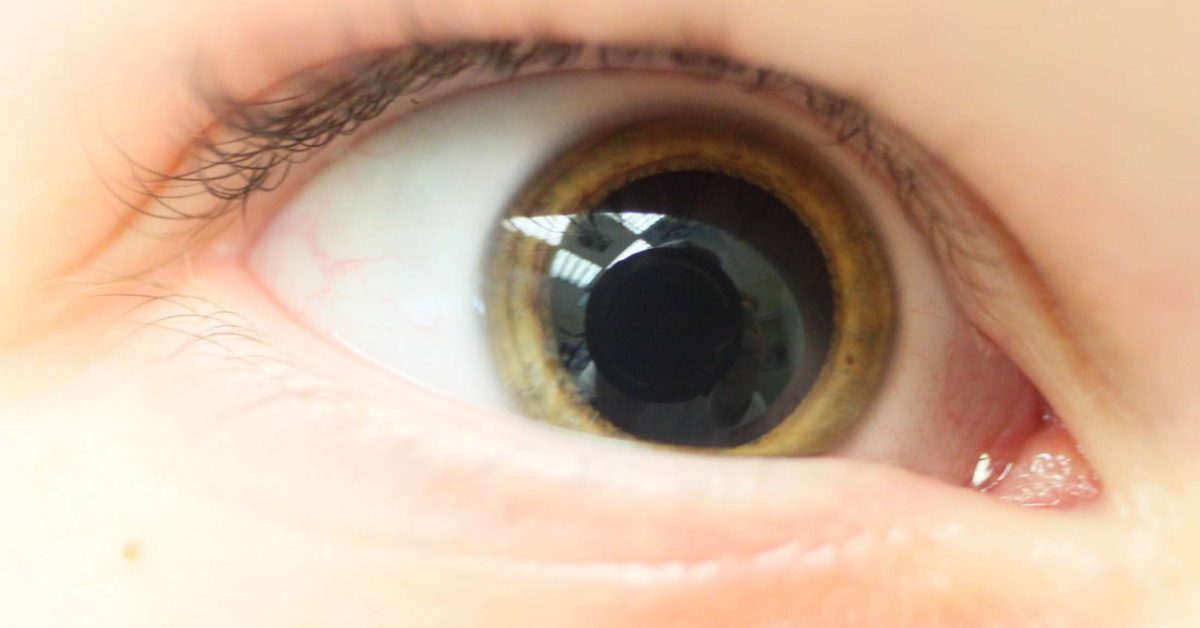

Characteristic features of cEDS include hyperextensible skin, hypermobile joints, and abnormal wound healing ( 1, 2). Abnormal coding of these genes results in structurally defective, and thus, functionally abnormal, type V collagen.
Blown pupil and hearing loss aneurysm code#
Causative gene mutations for this syndrome include either COL5A1 or COL5A2, which normally code for collagen chain α1(V) and α2 (V), respectively. Classical Ehlers-Danlos syndromeĬlassic Ehlers-Danlos syndrome (cEDS) is a heterogenous group of heritable connective tissue disease. This review encompasses the most recently reported ophthalmic manifestations as well as secondary visual impairments of EDS and its thirteen subtypes in clinical practice.
Blown pupil and hearing loss aneurysm skin#
In addition to the more commonly recognized phenotypes of EDS involving the skin and skeleton, structural and functional abnormalities affecting the eye have also been shown. Given that connective tissue is distributed throughout the entire body, it is not surprising that EDS features multi-organ system involvement. 7, 2018.Ehlers-Danlos syndrome (EDS) is a rare, variable group of heritable connective tissue disorders characterized by skin hyper-extensibility, tissue fragility, and generalized joint hypermobility ( 1).

Genetic and Rare Diseases Information Center. Giant cell arteritis and polymyalgia rheumatic: Current challenges and opportunities. Patient fact sheet: Giant cell arteritis.Clinical manifestations of giant cell arteritis. This is an uncommon complication of giant cell arteritis. An aortic aneurysm might burst, causing life-threatening internal bleeding.īecause this complication can occur even years after the diagnosis of giant cell arteritis, your doctor might monitor your aorta with annual chest X-rays or other imaging tests, such as ultrasound and CT. An aneurysm is a bulge that forms in a weakened blood vessel, usually in the large artery that runs down the center of your chest and abdomen (aorta). Loss of vision is usually permanent.Īortic aneurysm. Diminished blood flow to your eyes can cause sudden, painless vision loss in one or, rarely, both eyes. Giant cell arteritis can cause serious complications, including:

Sometimes the condition runs in families. Having polymyalgia rheumatica puts you at increased risk of developing giant cell arteritis. Giant cell arteritis is most common among white people in Northern European populations or of Scandinavian descent. Women are about two times more likely to develop the condition than men are. Most people with this condition develop signs and symptoms between the ages of 70 and 80. Giant cell arteritis affects adults only, and rarely those under 50. Several factors can increase your risk of developing giant cell arteritis, including: Certain genes and environmental factors might increase your susceptibility to the condition.

What causes these arteries to become inflamed isn't known, but it's thought to involve abnormal attacks on artery walls by the immune system. These are just in front of your ears and continue up into your scalp. This swelling narrows your blood vessels, reducing the amount of blood - and, therefore, oxygen and vital nutrients - that reaches your body's tissues.Īlmost any large or medium-sized artery can be affected, but swelling most often occurs in the arteries in the temples. With giant cell arteritis, the lining of arteries becomes inflamed, causing them to swell. If you're diagnosed with giant cell arteritis, starting treatment as soon as possible can usually help prevent vision loss. If you develop a new, persistent headache or any of the signs and symptoms listed above, see your doctor without delay. About 50 percent of people with giant cell arteritis also have polymyalgia rheumatica. Pain and stiffness in the neck, shoulders or hips are common symptoms of a related disorder, polymyalgia rheumatica.


 0 kommentar(er)
0 kommentar(er)
